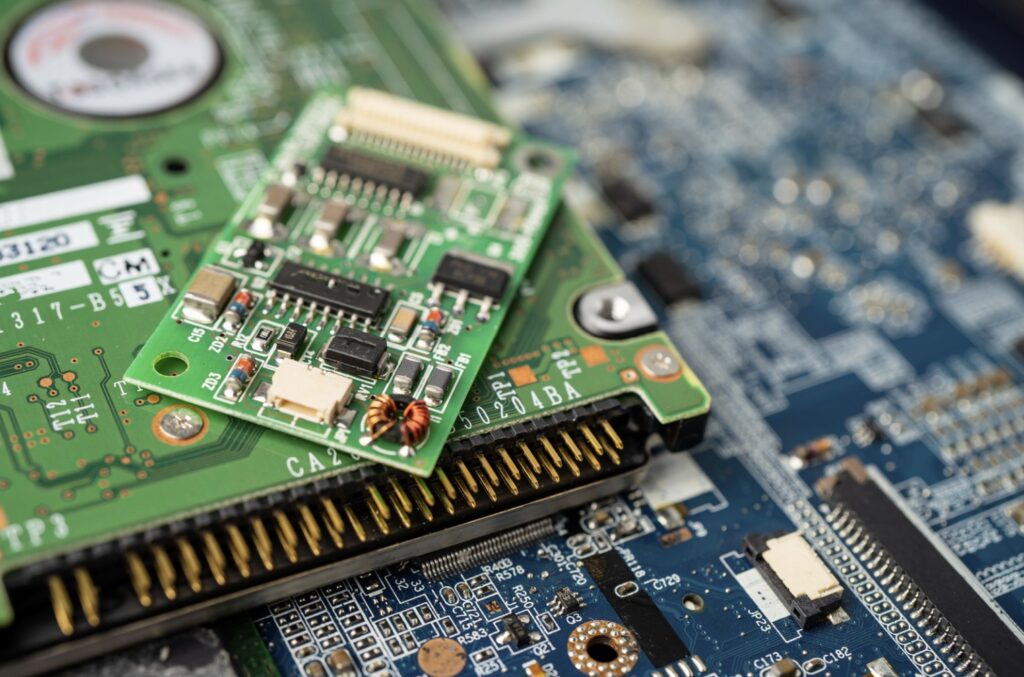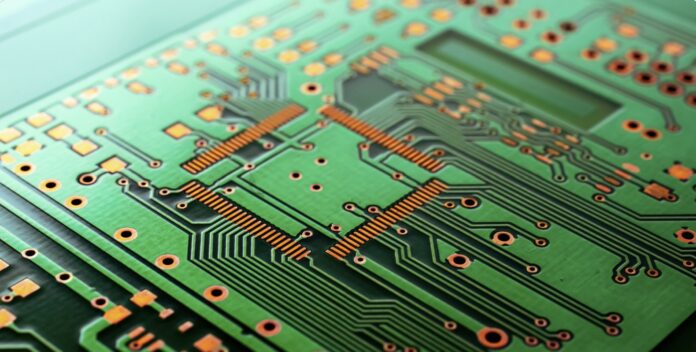The Printed Circuit Board is the backbone of practically any electronic gadgetry, from the simplest devices up to complex communication systems. For engineers and designers, understanding the PCB design intricacies is important, as it directly influences a device’s performance, efficiency, and reliability. Among the many elements that contribute to effective PCB design, there is a place for ground planes. These planes are vital in noise reduction and generally enhance the functionality of PCBs. This article will explore the concept of ground planes, their significance, operational principles, and best practices for implementing them in PCB designs.
What are Ground Planes?
A ground plane in a PCB design refers to a conductive layer, usually made of copper, that serves as a common return path for electrical current. Ground planes are typically spread across a significant area of the PCB and are an integral part of the multi-layer PCB stack-up. They are used to provide a reference point for signals and power distribution, thus ensuring stable operation of electronic devices.
Ground planes can be either:
- Single-sided: A ground plane on one side of a two-layer PCB.
- Multi-layer: Embedded within various layers of a multi-layer PCB design.
Importance of Ground Planes in PCB Design
1. Noise Reduction
One of the primary advantages of using ground planes is their ability to minimize electromagnetic interference (EMI) and radio frequency interference (RFI). Noise can originate from several sources, such as nearby components, power supplies, and even environmental factors. Ground planes act as shields, absorbing and redirecting noise away from sensitive signal traces.
By providing a low-impedance path to ground, they help maintain the integrity of the signal. This reduction in noise is especially critical in high-speed circuits, where signal degradation can lead to erroneous readings or device malfunction.
2. Signal Integrity
In electronic design, maintaining signal integrity is paramount. Ground planes enhance the performance of high-frequency signals by providing a stable reference. They help in lowering inductance and increasing capacitance, resulting in improved signal quality.
Having a consistent ground reference minimizes signal reflections, crosstalk, and other detrimental effects. In high-speed applications, having a solid ground plane under signal layers reduces the effective loop area, which mitigates potential issues related to ground bounce and skew.
3. Thermal Management
Ground planes also play a crucial role in thermal management within PCBs. They help dissipate heat generated by components, ensuring that devices remain within their operational temperature limits. A ground plane can conduct heat away from critical areas, reducing stress on components and enhancing reliability.
4. Improved Power Distribution
Ground planes serve as an efficient means of distributing power across the PCB. By providing a common reference point, they create a path for return currents, effectively balancing the distribution of power. This helps in reducing voltage drop and maintaining consistent power delivery across the board.
5. Design Simplification
Incorporating ground planes simplifies PCB design. Designers can route multiple signals more easily without needing complex ground traces. This opens up more pathways for other signals and can lead to more efficient designs overall.

How Ground Planes Work
Ground planes work by creating a large, low-resistance return path for electrical currents. When designers implement these planes into their PCBs, they must consider various factors, including the layout, component placement, and the frequency of operation.
Balancing Current Paths:
When a signal travels through a trace, it generates a magnetic field around it. By having a ground plane nearby, the return current travels in proximity to the signal path, minimizing inductance and potential interference.
Reducing Impedance:
Ground planes help lower the overall impedance of the circuit. Lower impedance means that the circuit can respond quickly to changes in current, making it critical for high-speed applications.
Shielding Effect:
The ground plane effectively acts as a shield, protecting sensitive signal traces from interference. By surrounding high-frequency signals with a continuous conductive plane, the risk of noise pickup is greatly diminished.
Best Practices for Implementing Ground Planes
1. Plan Your Layout
Strategic layout planning is essential for effective ground plane implementation. Designers should aim to minimize the distance between the ground plane and signal paths, particularly for high-frequency signals.
2. Avoid Cutting Ground Planes
Dividing or partly removing ground planes can lead to increased impedance and potential ground loops. It is generally best to keep the ground plane continuous wherever possible. If cuts are necessary, ensure they are carefully planned and that they do not disrupt the return current paths.
3. Utilize Multiple Ground Layers
For multi-layer PCBs, consider using multiple layers dedicated to ground planes. This can help in maintaining consistent grounding across different circuit areas and can also aid in managing high-frequency signals.
4. Ensure Proper Layering
Layers within a multi-layer PCB should be set up strategically. Positioning the ground plane adjacent to power planes can help improve overall performance by reducing noise and enhancing signal clarity.
5. Keep Component Layout in Mind
Place components that draw high current close to the ground plane to ensure efficient current returns. Components that are sensitive or carry high-speed signals should also be routed carefully to maintain signal integrity.
6. Use Via Structures Wisely
When interconnecting different layers of a multi-layer PCB, vias play a crucial role. Using ground vias effectively can help in connecting various components to the ground plane, ensuring low impedance paths.
Conclusion
Ground planes are an indispensable component in the design of Printed Circuit Boards, offering significant advantages in noise reduction, signal integrity, thermal management, and overall performance. By understanding their role and implementing best practices in PCB design, engineers can create more reliable and efficient electronic devices.
As the electronic landscape continues to advance, the importance of addressing noise and ensuring performance will only grow. Therefore, mastering the effective use of ground planes in PCB designs will remain a critical skill for engineers in the industry. Properly designed ground planes not only enhance the functionality of a PCB but also contribute to the longevity and reliability of electronic products.
By prioritizing ground plane implementation, electronic designers can pave the way for more robust, high-performing devices that can meet the demands of modern technology. Whether you are an experienced engineer or a newcomer to the field of electronic design, incorporating effective ground plane strategies into your PCB layouts will yield substantial benefits in your projects.
